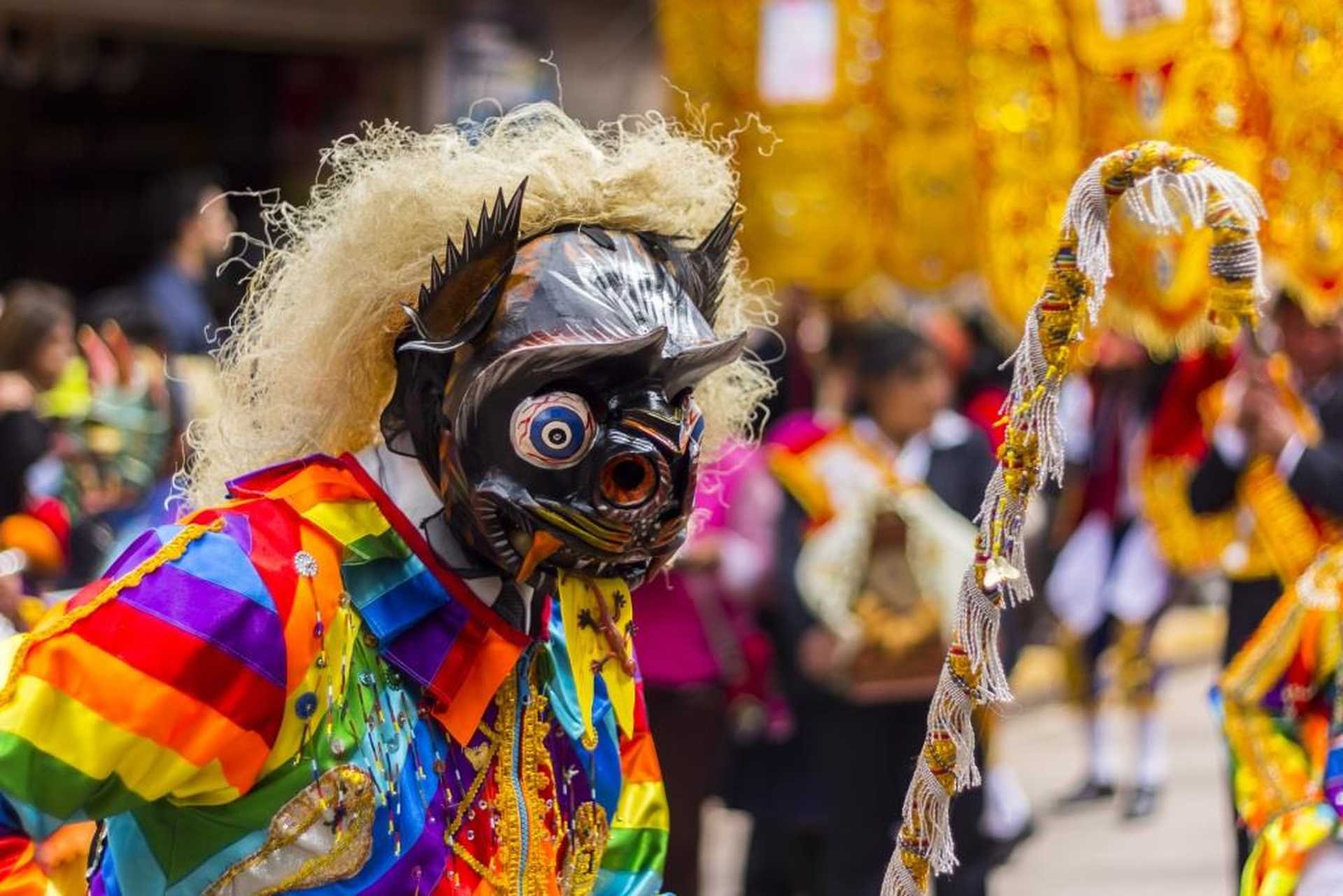Festivals in Peru: A Guide to Peru’s Cultural Calendar
If there’s one thing that South America does well, it’s
hosting fantastic festivals and fiestas. Brazil might take the party crown
thanks to the legendary multi-coloured, booty-shaking, week-long Rio carnival
each February, but Peru is no slouch when it comes to local and national
celebrations.
In fact, when you’ve filled your boots (or worn them out)
with spectacular high-altitude trekking on your trip to Peru, you can bet your,
er, boots that wherever you are, and whatever time of year it is, there’s some
kind of cultural jamboree taking place in a village, town or city not too far
away.
From colourful parades and traditional dances to delectable
local cuisine, Peru festivals proudly showcase the rich cultural heritage of
its people. Peru festivals offer fascinating insights into traditions that have
been passed through the generations since the Inca times.
And the great news is that everyone is welcome – if not
positively encouraged – to join in on the fun of festivals in Peru. It’s a near
impossible task to whittle down a list of all the amazing celebrations and
festivals of Peru, but we’ve had a go and here are our recommendations.
There is so much for visitors to this remarkable country to
experience, and you won’t be short of things to do in Peru. So, add one of
these fantastic festivals to your Peru travel itinerary, immerse yourself in Peruvian
culture and take your adventure to a whole new level.
Inti Raymi (The Festival of the Sun), Cusco
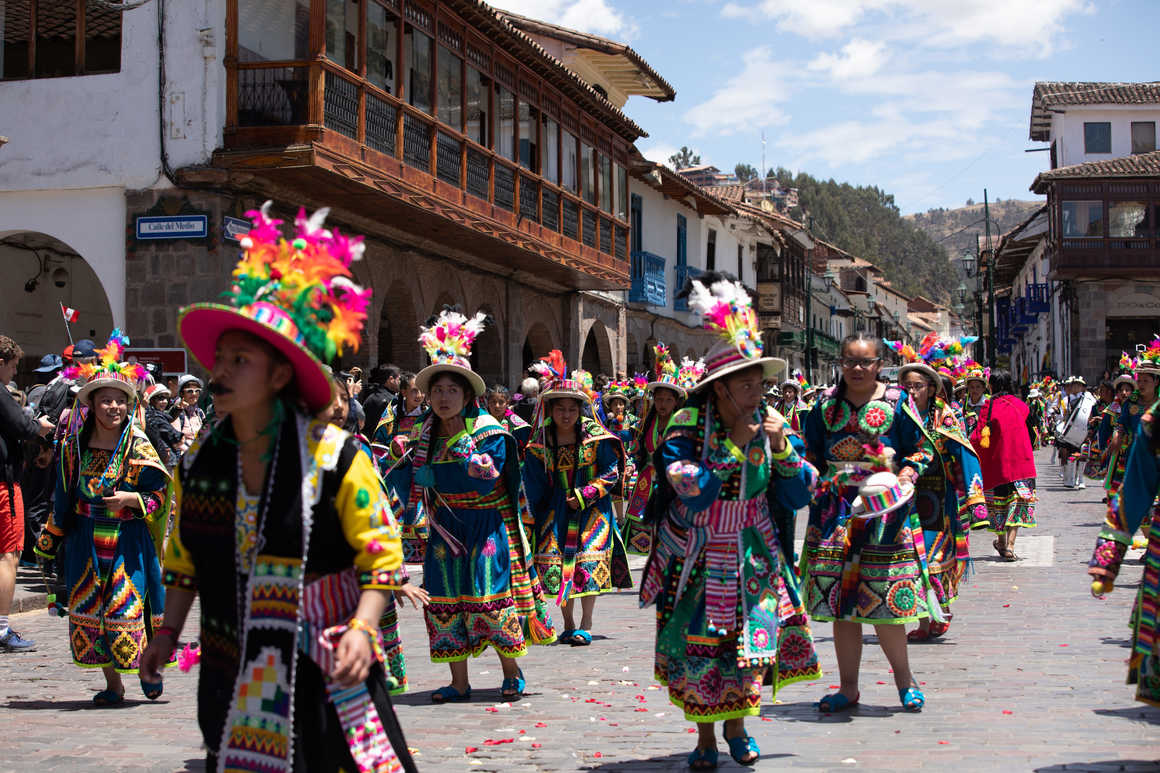
In the UK, sun worshipping typically means stripping down to
a bare minimum of clothes, grabbing a brolly (you know, just in case), dashing
off to the nearest park or beach, baking until we’re a throbbing shade of red
and, if it’s a bank holiday, playing raw-burger roulette with a rarely used
barbecue. In and around Cusco, the ancient capital of the Incan Empire, local
Peruvians do sun worship on a much grander and more stylish scale.
Each year on June 24, the city celebrates Inti Raymi, an
ancient Incan ceremony and celebration which pays tribute to Inti, the Sun God.
Inti Raymi is a religious ceremony of the Inca Empire. It was the celebration
of the Winter Solstice, the shortest day of the year between sunrise and
sunset. Back in the day (i.e. five centuries ago) this festival involved the
sacrifice of a couple of hundred unlucky llamas, plus drinking, dancing and
coca leaf consumption from dawn until dusk.
Although llamas are generally no longer at risk (spoiler:
one does meet its maker towards the end of the day during the recreation of the
ancient Incas’ winter-solstice celebrations; you might want to skip that bit),
not much else has changed. Inti Raymi remains one of the largest, most
important and most unmissable festivals in Peru, attracting vast crowds of
locals and tourists alike.
Considered the gateway to Machu Picchu, the Inca Trail and
other must-see archaeological sites, Cusco is the ideal base for your
adventures. If you’re joining Kandoo Adventures of one of our Peru trips,
you’ll be flying to Cusco. So why not plan your once in a lifetime trip to Peru
accordingly and attend this unmissable festival for a true taste of Peruvian
culture.
Fiesta de la Cruz (Festival of the Cross), various locations

No, not a celebration of slightly angry people, the Festival
of the Cross (or crosses, depending upon where you are in Peru) is a popular
festival in Peru with celebrations taking place throughout the month of May.
The Festival of the Crosses, also known as Cruces de Mayo
(May Crosses Festival) does, of course, have religious connotations but it’s
also an excuse for a shedload of fun, dancing and dressing up.
Versions of this festival take place throughout South
America – it’s a biggie – and all over Peru, but one of the best places to
experience locals lugging huge, lavishly decorated wooden crosses from church
to church is in and around Cusco.
It all kicked off when the Spaniards conquered Peru in the
fifteenth century. For centuries, the Incas had celebrated a good harvest with
pagan festivals. The Spanish were having none of this and sought to replace
ancient traditions with a shiny new Christian celebration; the ‘May Crosses
Festival’. The plan didn’t quite work: two cultures merged and gave rise to the
hybrid Fiesta de la Cruz that is still celebrated today.
Anyway, if you are looking for things to do in Cusco city
Peru, Apurimac, Ayacucho, Ica, Junin, Pasco or Puno in May, you can expect to
be dazzled by huge processions, big colourful crosses, folk dancing (look out
for the famous ‘scissor dance’ – you’ll know it when you see it), fireworks and
a whole lot of revelry.
Virgen del Carmen, Paucartambo
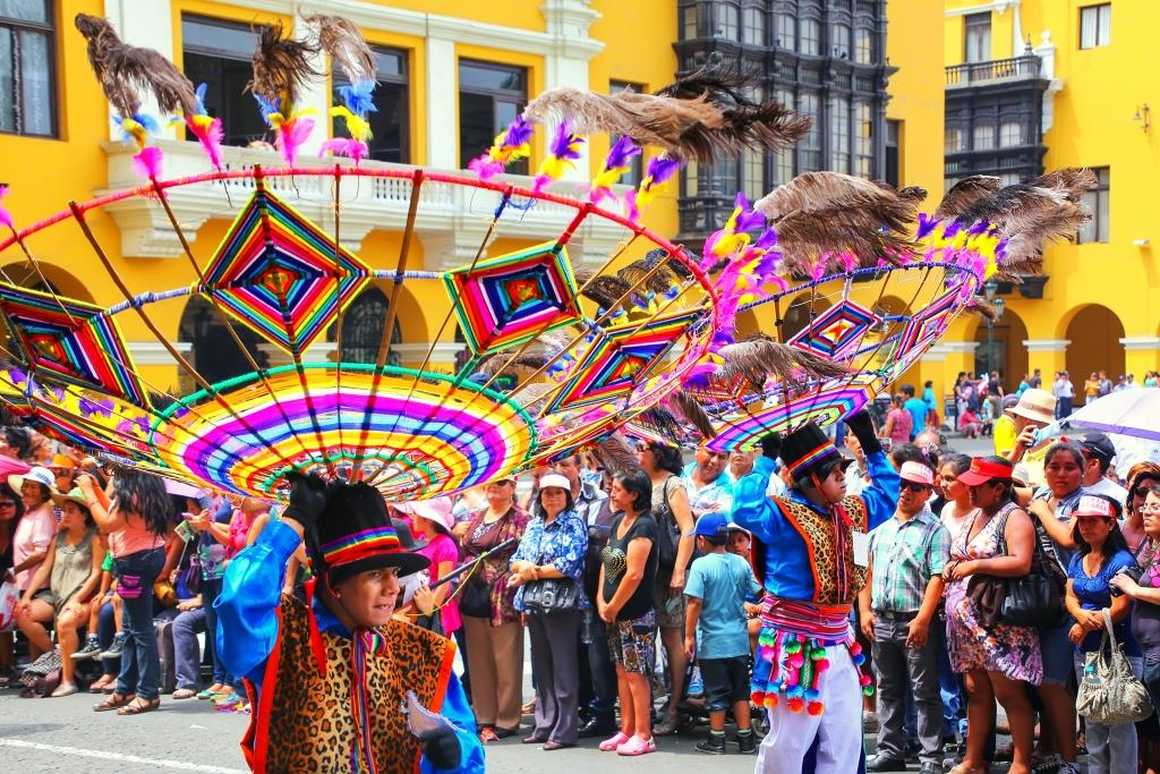
For most of the year, Paucartambo is a sedate, pretty and
well-behaved Andean village, about four hours to the east of Cusco by bus. But
for four days in mid-July each year Paucartambo becomes party-town, where
locals and visitors alike join in a joyous and raucous celebration of the
Virgin of Carmen (a.k.a. ‘Mamacha Carmen’).
This particular virgin is both the patron saint of Peru’s
mestizos (people of mixed Latin-American and European heritage) and of folk
dancing and, blimey, do they celebrate her!
Get ready for plenty of outlandish dancing, drinking and
costumes, risky rooftop gymnastics, processions and a final gathering in the
local cemetery where tribute is paid to the souls of the dead. A word of
warning: if you want to be a part of one of the wildest and most wonderful
four-day fiestas (who wouldn’t???) you’ll need to plan ahead.
Paucartambo is not a big place and the few places offering
overnight accommodation book up well in advance, but if you have the mindset of
a UK festival-goer and don’t mind crashing out in a tent for a few nights, this
Peru festival is definitely the gig for you.
Puno Week, Lake Titicaca
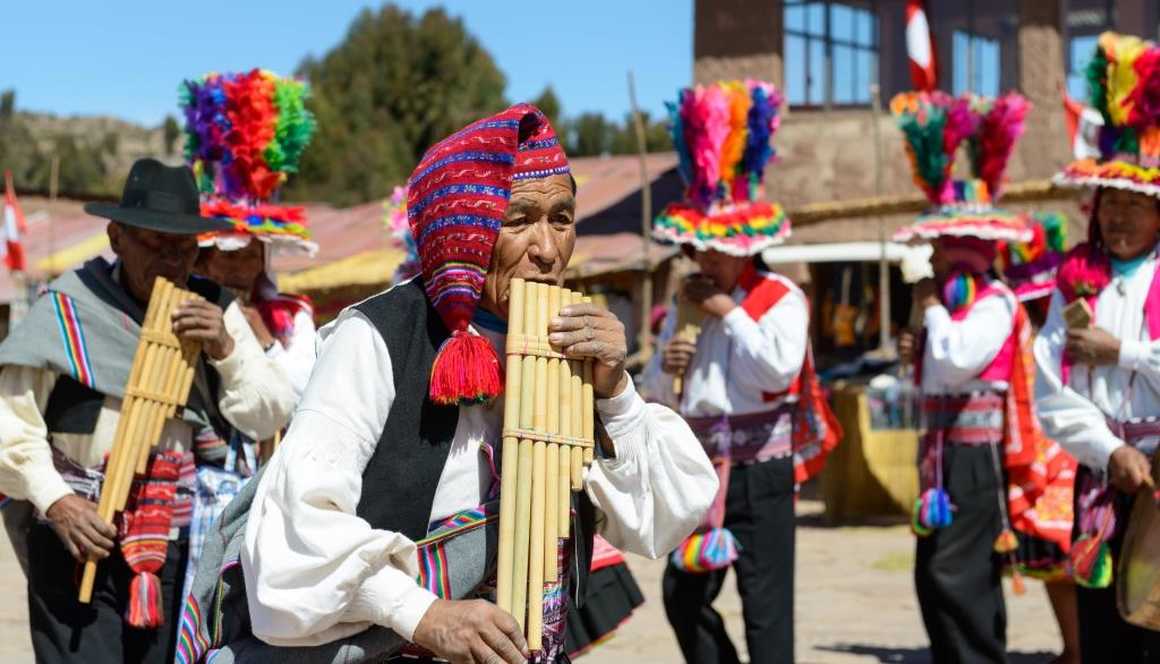
When travelling Peru, should you find yourself in the
gorgeous city of Puno on the edge of Lake Titicaca at the beginning of
November, you’re in for a treat. A week-long treat, if you can handle it.
Puno Day (November 4) falls slap bang in the middle of Puno
Week – a seven-day celebration of the founding of the city (in 1668, since you
asked). This festival of Peru is one long mega-party, and if you succumb to it,
you’re not going to pause for breath as the city erupts into a melee of
traditional dancing, parades, fireworks and countless blissed-out folk in
traditional costumes partying on down like there’s no tomorrow.
Puno week also celebrates the birth (in legend) of the
founders of the first Inca dynasty; Manco Cápac and Mama Oclio. A re-enactment
of their arrival on land from Lake Titicaca is one of the highlights of this
cracking festival, and if nothing else will enable you to rest your tired legs
for a bit after all that dancing in the streets.
El Senor de los Temblores (The Lord of the Earthquakes), Cusco
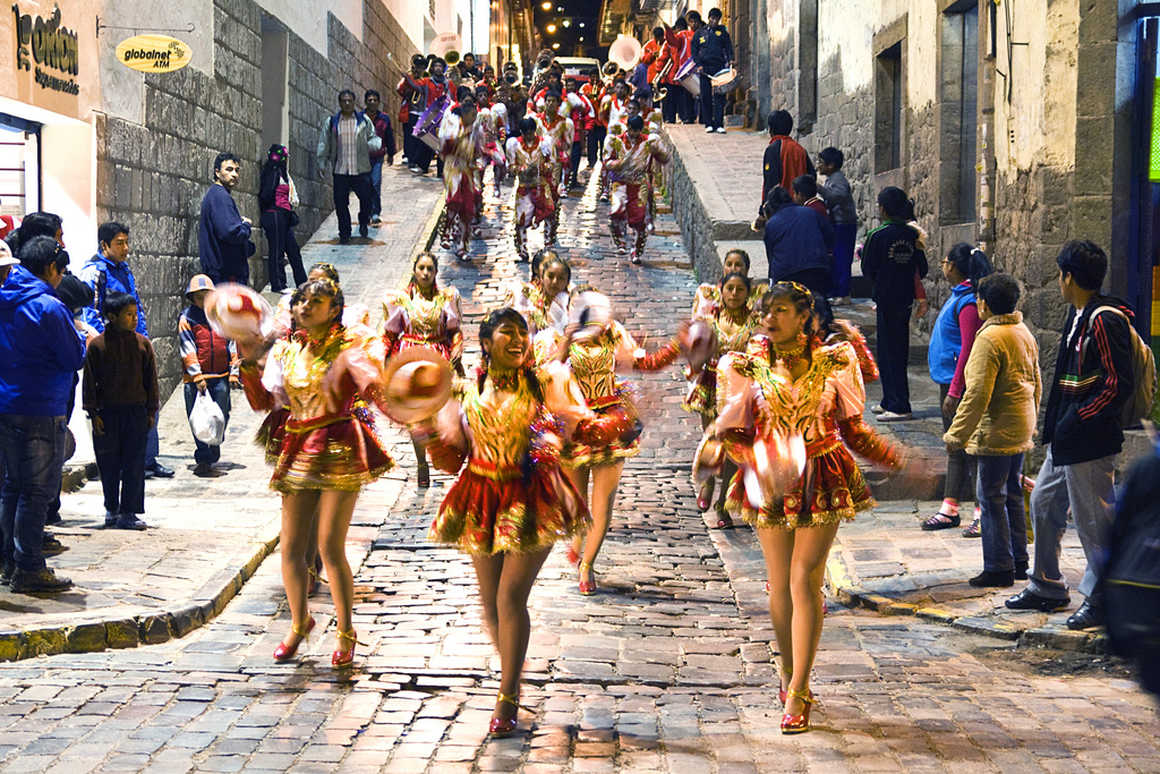
Easter is a time of major celebration throughout South
America, and Holy Week (the last week of Lent) is an awesome time to be in
Cusco. The city is alive with a good-natured buzz; it’s all brass bands and
dancing by day, fireworks and partying at night guarantee you won’t fall short
of things to do in Cusco city, Peru, at this time of year.
The Monday of Holy Week is a little bit special though. This
day is devoted to The Lord of the Earthquakes. It’s claimed that an earthquake
that was ravaging Cusco in 1650 was quelled by a statue of the crucifixion of
Jesus taken from the city’s cathedral, preventing further devastation.
Thousands of people amass in Cusco’s Plaza de Armas and at
7pm the statue is taken from the cathedral and paraded through the streets.
Whether or not religion is your bag, experiencing the electric atmosphere that
runs through the crowd during this festival in Peru is something that will stay
with you for a long time. And if there’s a better way than that to celebrate
the start or finish of a trek to Machu Picchu along the Inca Trail, we haven’t
found it yet.
Whether you’re travelling to Peru to trek the world-renowned
Inca Trail to the famous site of Machu Picchu, explore the country’s most
spectacular natural wonders like Lake Titicaca or discover exotic wildlife in
the dense Amazon jungle, a trip to Peru is not complete without experiencing
the energetic atmosphere of a festival in Peru. If you’re planning to travel to
Peru, get in touch with our travel experts at Kandoo Adventures and make your
dream Peruvian trekking adventure a reality.










